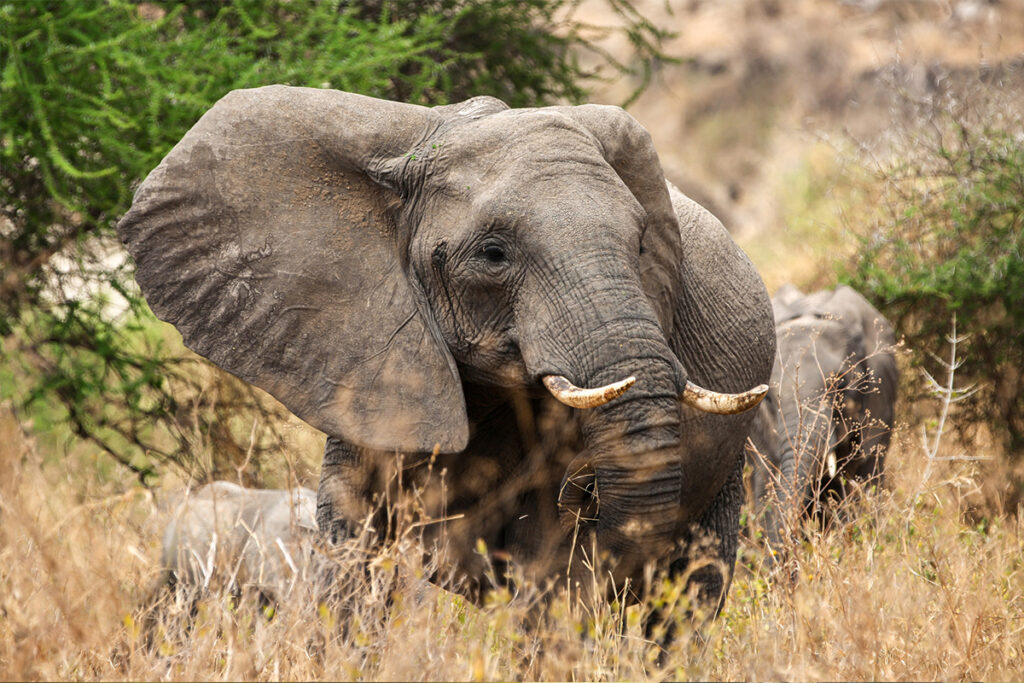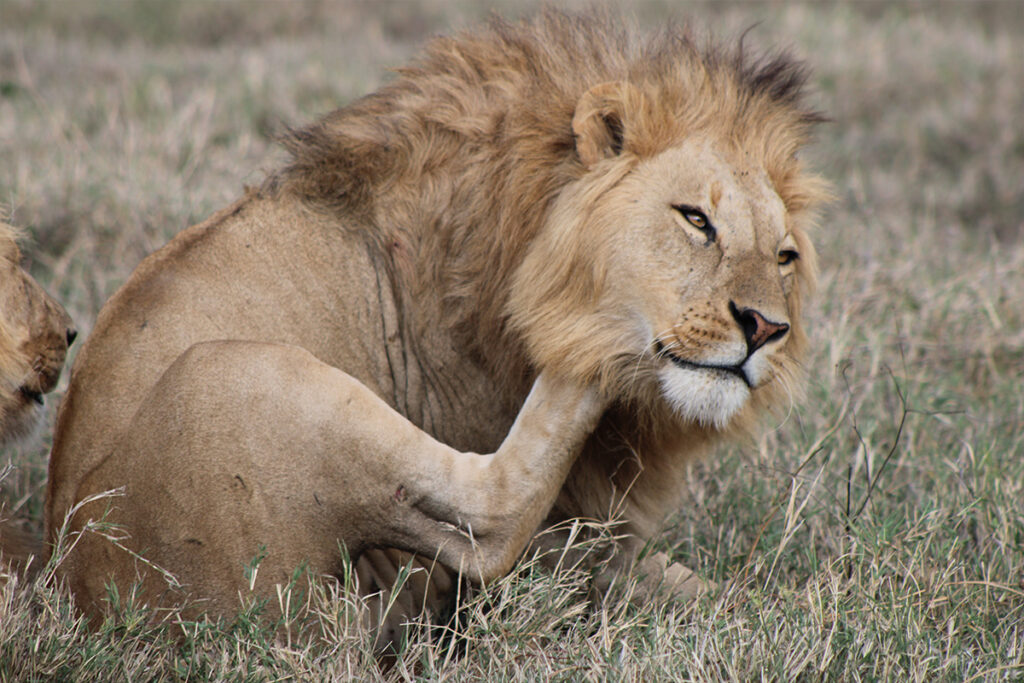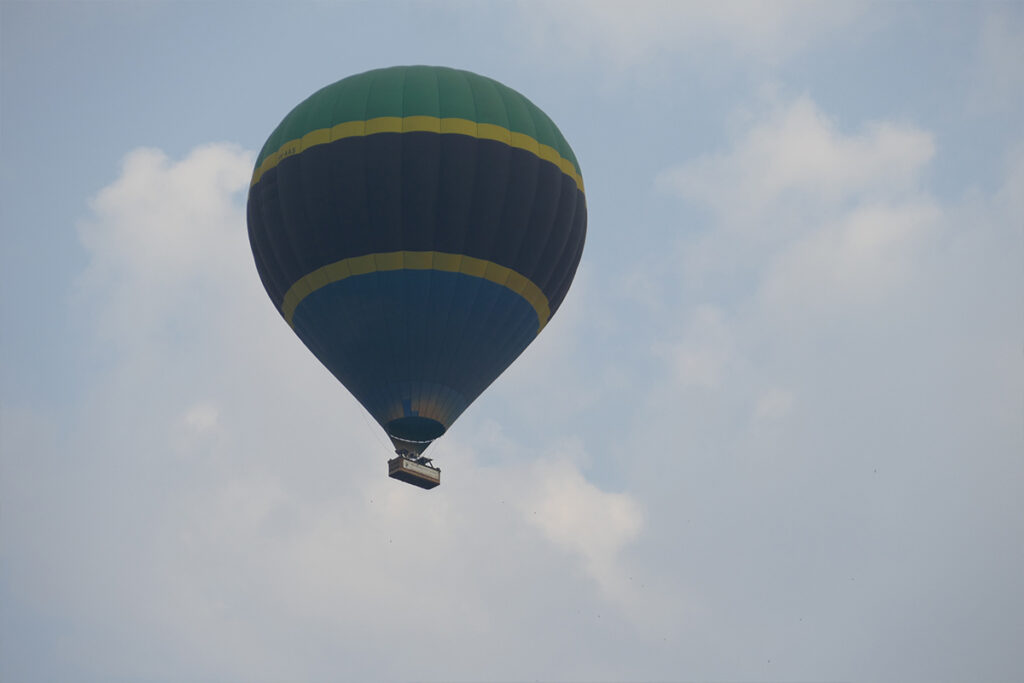In the narrow streets of Zanzibar’s Stone Town, you might stumble upon a mesmerizing scene—local acrobats flipping through the air with breathtaking grace. This unexpected or rather unique fusion of acrobatics and Capoeira brings an electrifying sense of energy to the island. The blend of these disciplines has become a vital part of Zanzibar’s cultural tapestry, capturing the interest of both locals and tourists alike.
Rooted in the rich African heritage, acrobatics in Zanzibar is more than just visually stunning; it’s a profound reflection of community and history. Capoeira, brought by Brazilian connections, adds a dance-like rhythm to the mix, making it an extraordinary experience. Studies have shown an increasing interest in these activities among the youth, highlighting the cultural significance and communal bonds they foster.

Acrobatics and Capoeira in Zanzibar: A Unique Experience
On the island of Zanzibar, something magical happens. Acrobatics and Capoeira collide to create a unique showcase of rhythmic movement. The vibrant colors and sounds make it unforgettable. Performers twist and turn in mid-air with great skill. It’s an experience that captivates all who watch.
These art forms are steeped in rich history. Acrobats have entertained for generations, while Capoeira blends dance with martial arts. This fusion adds a special touch to Zanzibar’s cultural landscape. It’s not just entertaining; it shares stories of tradition. Visitors from around the world find themselves enchanted by the energy and passion displayed.
People in Zanzibar learn these skills through dedicated practice. They start young, developing both strength and flexibility. Training includes mastering techniques and rhythms unique to each form. Dedication plays a big role in their success. Their hard work truly shines during performances.
Acrobatics and Capoeira also boost tourism in Zanzibar. Tourists flock to see performances, supporting local artists and communities. The shows create job opportunities and drive cultural interest. Visitors leave with lasting memories and new cultural insights. This blending of art forms enriches both the performers’ lives and those who come to see them.
Acrobatics and Capoeira in Zanzibar- Tanzania
The Emergence and Influence of Acrobatics and Capoeira in Zanzibar’s Culture
Acrobatics and Capoeira emerged over time, blending local and global influences. Historically, Zanzibar has been a melting pot of cultures. This has led to a unique fusion of traditions, including these energetic art forms. Capoeira, with its origins in Brazil, found a welcoming home in Zanzibar. The island’s rich cultural scene helped it flourish.
The influence of these practices can be seen in community events and celebrations. Performers often showcase their skills at festivals and gatherings. The vibrant displays captivate audiences and inspire young people. According to this resource, these performances foster a sense of pride and unity among locals. They also highlight Zanzibar’s diverse heritage.
Schools and training centers have also played a role in spreading these arts. Kids as young as five start learning the basics. They develop coordination, strength, and discipline. Training includes not just physical aspects but also the history behind each move. This holistic approach helps preserve the cultural significance of Acrobatics and Capoeira.
The global spotlight on these practices has brought attention to Zanzibar. Tourists come eager to witness the exceptional talents. This increased interest benefits local performers and the economy. Moreover, the island gains recognition for its rich cultural contributions. The world sees Zanzibar as a vibrant hub for Acrobatics and Capoeira.
The Intersection of Acrobatics and Capoeira in Zanzibar’s Performance Arts
In Zanzibar, Acrobatics and Capoeira intertwine seamlessly in various performances. These acts are not just entertainment but a vibrant expression of the island’s rich heritage. Performers combine athletic feats with rhythmic movements, creating a visually striking blend. The connection between their stunts and Capoeira’s dance-like combat is mesmerizing. This fusion keeps audiences spellbound.
The performers undergo rigorous training to perfect their craft. Each movement requires precision and strength. They practice in groups, fostering teamwork and unity. By merging Acrobatics’ dynamic flips and Capoeira’s graceful spins, they create a unique performance style. This collaborative effort enhances their skills and boosts creativity.
This intersection also finds its place in Zanzibar’s cultural festivals. Local and international visitors gather to witness these extraordinary displays. The performances often incorporate elements of storytelling. Through their movements, they narrate tales of history and community values. These events highlight the importance of preserving and celebrating cultural diversity.
To enhance visitor engagement, these performances may include interactive elements. Tourists get the chance to learn basic moves and understand the art form better. This hands-on experience adds to the memorable nature of their visit. It’s an opportunity to appreciate the hard work and talent behind these performances. Such interactions also help spread appreciation for these unique arts.
Training for Acrobatics and Capoeira in Zanzibar: A Glimpse Inside
Training for Acrobatics and Capoeira in Zanzibar offers unique insights into the island’s vibrant culture. Young enthusiasts start honing their skills with simple movements and progress to challenging routines. Instructors emphasize the importance of both physical fitness and mental focus. Classes take place in community centers and open spaces. This creates an environment that encourages learning and practice.
The training involves a combination of individual exercises and group activities. Participants engage in stretching routines to improve flexibility and prevent injuries. The curriculum also includes learning traditional rhythms that accompany Capoeira practices. By listening and moving to these rhythms, students deepen their understanding of cultural heritage. These elements help form a comprehensive learning experience.
Mastering these art forms requires dedication and persistence. Students practice regularly, often attending multiple sessions each week. The support from peers and instructors motivates them to push their limits. It’s not just about physical abilities; it’s about embracing the community spirit. Collaboration is a core value during training sessions.
Several training programs offer tailored approaches for various age groups and skill levels. They prioritize safety and ensure that everyone learns at their own pace. This approach helps build confidence and fosters a love for the art forms. Participants find joy in learning, growing, and connecting with others. The training equips them with skills that extend beyond performance arts.
Through training, practitioners gain life skills that benefit them in other areas. Discipline developed here often translates to academic and personal success. Students learn the value of commitment and teamwork. As they master techniques, they gain a sense of accomplishment. This positive impact extends to their overall personal development.
The Role of Acrobatics and Capoeira in Zanzibar’s Tourism
Acrobatics and Capoeira play an essential role in boosting tourism in Zanzibar. Visitors from all over the world come to see these unique performances. The energy and skill displayed by the artists create an unforgettable experience. These performances showcase the island’s rich cultural heritage and attract significant attention. Tourists often leave with a deep appreciation for Zanzibari traditions.
The impact of these performances on tourism can be observed in various ways. Many local businesses, such as restaurants and shops, benefit from increased tourist activity. Hotels often promote these cultural shows as part of their package offerings. This helps to enhance the overall tourist experience. Additionally, local artists gain international recognition through their involvement in these events.
Public events and festivals provide a platform for these art forms to shine. Well-attended shows contribute to Zanzibar’s vibrant cultural calendar. The excitement generated by such events encourages repeat visits and positive word-of-mouth. This creates a ripple effect, drawing more tourists to the island. These gatherings highlight the importance of preserving local art and culture.
Training programs for Acrobatics and Capoeira also attract enthusiasts eager to learn. Tourists often participate in workshops during their stay. This hands-on experience deepens their connection to the island’s culture. Learning from skilled instructors adds value to their visit. It creates lasting memories and fosters a greater appreciation for the discipline and creativity involved.
Apart from economic benefits, cultural performances promote global awareness of Zanzibari arts. They encourage cultural exchange and understanding. Visitors experience a side of Zanzibar that is both historic and contemporary. As these art forms continue to grow in popularity, they solidify the island’s reputation as a cultural hub. This recognition helps sustain the traditions for future generations.
Community Impact of Acrobatics and Capoeira in Zanzibar
Acrobatics and Capoeira have a significant impact on communities in Zanzibar. These arts offer a platform for self-expression and creativity, especially for young people. Many locals participate in programs where they learn and perform these arts, fostering a sense of belonging. These activities help in building self-esteem and confidence. The positive effects ripple through families and communities.
These art forms also provide economic opportunities for the residents. Performers often earn through shows and events, which helps support their families. Training centers and schools offer employment for instructors and staff. Local businesses also benefit from the increased interest in cultural activities. This economic boost creates a more sustainable living for many community members.
Acrobatics and Capoeira strengthen social ties and community bonds. People often gather at performances and practices, creating a lively and inclusive atmosphere. This communal environment fosters friendships and partnerships among artists and audiences. Training sessions encourage teamwork, discipline, and respect for tradition. Communities become more resilient through shared cultural practices.
These arts also play a role in preserving Zanzibar’s rich cultural history. Through Acrobatics and Capoeira, stories and traditions are passed down to younger generations. This ensures that the cultural heritage remains alive and relevant. Many elders share their knowledge and experiences with the youth, bridging generational gaps. The community as a whole benefits from this cultural continuity.
Education through these art forms extends beyond physical skills. Participants learn values such as perseverance, patience, and flexibility. These life lessons contribute positively to personal growth and community well-being. By engaging in these practices, individuals develop a deeper understanding of themselves and their community’s culture. This holistic approach to learning enriches lives and culture in Zanzibar.
Key Takeaways
- Zanzibar’s acrobatics and Capoeira blend agility with cultural heritage.
- The vibrant performances captivate both locals and tourists alike.
- These arts promote tradition, community, and artistic expression.
- Training centers offer economic opportunities for the local residents.
- Tourism flourishes with the spotlight on unique cultural showcases.




